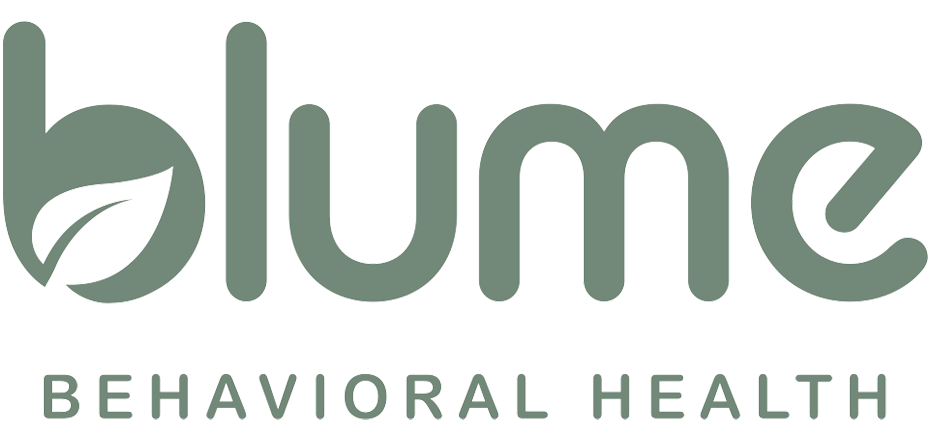Are you a parent, guardian, or teenager seeking a deeper understanding of how to navigate peer conflicts successfully? At Blume Behavioral Health, we recognize the complexity of these challenges and aim to provide you with an in-depth guide to resolve conflicts effectively and foster healthier peer relationships.
Understanding the Dynamics of Peer Conflict
Peer conflict, within the context of adolescents and teenagers, involves disputes and disagreements that arise between individuals of the same age group. These conflicts can manifest in various settings, including schools, social gatherings, or even within family circles. Understanding the dynamics of peer conflict is vital before delving into strategies for resolution.
The Underlying Causes of Peer Conflict
To effectively address peer conflict, it’s essential to grasp the underlying causes, which can include:
- Miscommunication: Many conflicts among peers stem from misunderstandings, misinterpretations, or poor communication skills.
- Jealousy and Envy: Feelings of jealousy or envy can lead to conflicts when one person perceives another as a threat or feels left out.
- Competitive Nature: While healthy competition is a part of growing up, it can escalate into conflicts when taken to extremes.
- Differing Values and Beliefs: Varied beliefs and values among peers can create tensions and disagreements.
- Peer Pressure: Adolescents often face conflicts when pressured to conform to a particular group’s expectations or values.
Comprehensive Strategies for Peer Conflict Resolution
- Active Listening: Encourage your teenager to actively listen to their peers, allowing them to express their feelings and concerns without interruptions. Effective listening promotes understanding.
- Empathy Building: Teach your teenager to empathize with their peers, helping them see situations from others’ perspectives. This can reduce hostility and enhance empathy.
- Effective Communication: Promote open and honest communication. Emphasize the importance of using “I” statements to express feelings and needs. Teach teens to express themselves constructively.
- Problem-Solving Skills: Foster problem-solving abilities in your teenager. Encourage them to brainstorm solutions to conflicts, highlighting compromise when necessary.
- Seeking Mediation: If conflicts persist and communication stalls, consider involving a trusted adult or counselor to mediate the discussion impartially.
The Role of Blume Behavioral Health in Peer Conflict Resolution
If you or someone you know is grappling with social media addiction or its adverse effects on mental health, do not hesitate to reach out to Blume Behavioral Health. Our experienced team is dedicated to providing personalized support and guidance tailored to your unique needs.
Call Us Today!
Resolving peer conflicts among teenagers and adolescents is a skill that requires a deep understanding of the underlying dynamics. By implementing the comprehensive strategies provided and seeking professional guidance when needed, you can help your teenager build healthier relationships and navigate the challenges of adolescence with confidence. Remember, Blume Behavioral Health is here to support your teenager on their journey towards emotional well-being and positive social interactions.
FAQs
Is it normal for teenagers to experience peer conflicts?
Yes, peer conflicts are a normal part of adolescent development as teenagers learn to manage relationships and assert their identities.
When should I seek professional help for my teenager's peer conflicts?
Professional help may be necessary if conflicts are causing significant distress, interfering with daily life, or escalating in severity.
How can I best support my teenager during peer conflicts?
Provide a secure and open space for them to discuss their feelings, and encourage them to use healthy communication strategies.
How can Blume Behavioral Health specifically assist my teenager with peer conflicts?
Our skilled therapists offer tailored counseling and strategies to enhance conflict resolution skills and promote emotional well-being.
Is counseling at Blume Behavioral Health confidential for teenagers?
Yes, we prioritize confidentiality to foster a safe environment for open communication and trust-building.
Dr. Aneta Lotakov Prince is a board-certified psychiatrist with over 20 years of clinical experience treating adolescents and adults facing severe mental illness, co-occurring substance use disorders, and complex emotional and behavioral health challenges. Certified by the American Board of Psychiatry and Neurology, she holds an active DEA registration and California medical license. Dr. Prince’s patient-centered approach is rooted in compassion and driven by a dedication to improving quality of life and supporting long-term recovery. She remains deeply committed to empowering each individual she works with to build a life of purpose, connection, and resilience.
